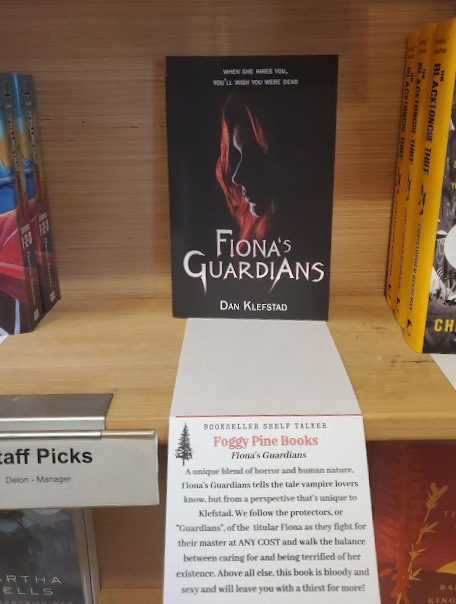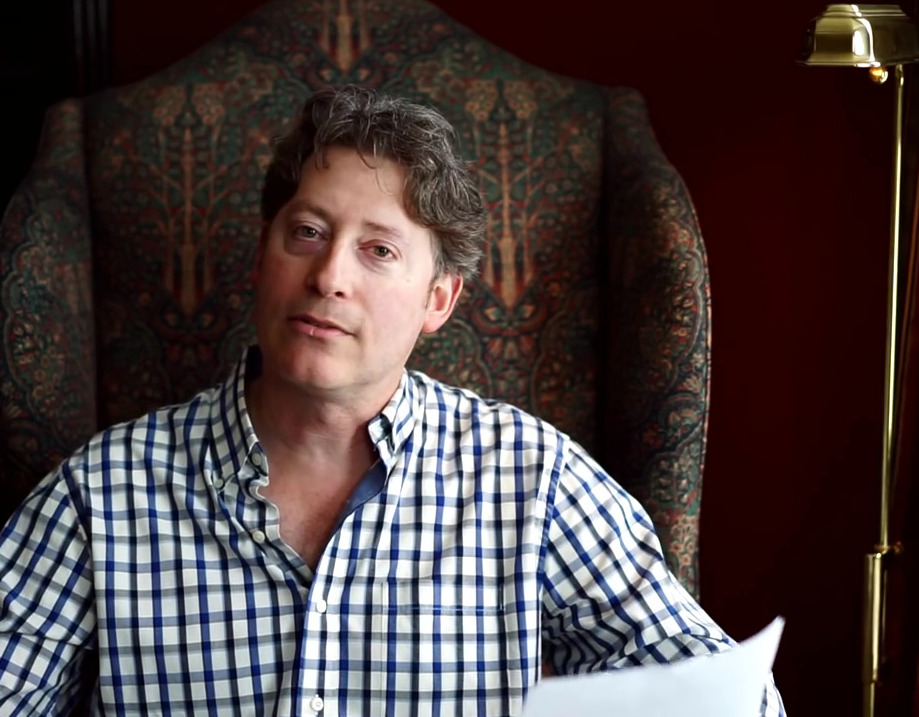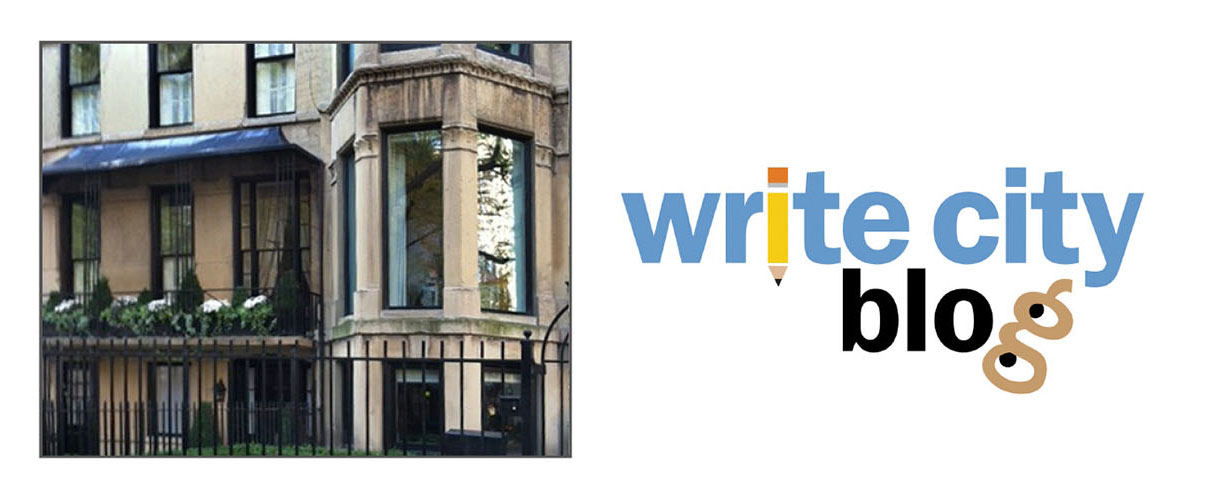December 21, 2021
The Tyranny of Starred Ratings
by Dan Klefstad
 Two shoppers stood in an indie bookstore before a row of new releases, each spine announcing the latest effort by an author who poured their sweat and soul into this book. When one shopper picked up a volume, the other held their phone near the cover.
Two shoppers stood in an indie bookstore before a row of new releases, each spine announcing the latest effort by an author who poured their sweat and soul into this book. When one shopper picked up a volume, the other held their phone near the cover.
“4.8 stars with fifty reviews. Must be good.”
I recently witnessed this, people with their Amazon apps at the ready, checking ratings for the books and discounted prices for Prime members. They left without buying, probably opting for two-day delivery. Nothing could be more insulting to bookstore staff, and I felt a pang of sympathy as David lost another sale to Goliath.
Despite this, I must admit I shared the offenders’ excitement about the 4.8 average. Writers tend to have big egos so it’s natural for us to focus on ratings. If we’re lucky to get a five-star review, we share it ad nauseam on Twitter. And those four-star reviews? Even if they’re well written and filled with useful quotes, we don’t share them as much. Because five is highest and we want to show readers that our book is the best.
I’ll own it, I became obsessed with my Goodreads average. Months after my vampire novel came out those five-star ratings began to change to four and anxiety crept in. Then someone had the gall to give me three stars. You could predict my mood by each change of a hundredth of a percent. I also felt protective of books I loved by other authors. I once challenged Stephen King to rally his fans to boost the Goodreads average for his vampire novel ‘Salem’s Lot, which was lower than mine. My challenge became the lead story on Horror Talk Radio, a YouTube channel, but Mr. King did not participate. At last check his novel sits at 4.04. It should be higher, right?
You might point out that ‘Salem’s Lot has 370,000 ratings which means nudging the average would require tens of thousands more reviews. You might also note that more ratings mean more unflattering reviews, making it harder for a book to maintain a higher average than one with fewer ratings. Before long though, we’d be talking about the numerical and not actual quality of the book, which is really my point.
Assigning stars to something as personal as your story is like a childcare provider rating your kid on a scale of one to five. Yes, they’ve spent time with your child but not nearly as much as you have. How could they possibly know your kid well enough to quantify them? But just as colleges look at a student’s grade point average, book shoppers rely on ratings to avoid wasting time on a bad read. Nevertheless a reviewer’s verdict also tells a story. They experience the same life stuff that we do, and if they’re having a bad day you might not want your book to be next in their stack. That two-star rating might come against the backdrop of heartache, trauma, depression or a hangover. The more forthcoming ones will say, “It’s not the book, it’s me,” but they know readers demand a headline verdict, so they must oblige.
At this point you might be wondering if I’m about to blame readers. I’m not. But I would like to know if they’re too busy to risk something other than five stars or too distracted to read the full review? If the latter’s the case every writer should view this as a bad omen. Assuming all is not lost I’ll pose one more question: How can we best inform readers about the true quality of our books?
Someone should start a campaign called “4 is the new 5.” After all, many reviewers award four stars to books they really enjoy, reserving five for something truly special. But nuances like this get drowned out in a marketplace. Perhaps we should only share reviews that don’t award numbers, like CWA’s Windy City Reviews. This might prompt questions about why we maintain Amazon or Goodreads profiles, and it seems a safe bet that nobody wants to abandon these. Still, you’ve probably surmised that readers’ reliance on stars benefits Amazon which also happens to own Goodreads. But I’m not here to pick a fight with Amazon. Not today anyway. Better to find a way around this wall rather than bash our heads against it.
The wine world offers a clue about the direction we should be heading. Step up to a row of bottles and, yes, you will see ratings. More importantly you’ll find short descriptions like, “Hints of cherry, pepper and chocolate – pairs wonderfully with steak.” It’s true, few things recommend a bottle like 95 stars but any wine drinker will tell you they need to imagine how a particular red or white will complement the food they’re serving – and a tag line usually does the trick. The same could work with books. If you wrote a beach read say something like, “This pairs perfectly with warm, white sand and a strawberry margarita.” A gothic horror tag might read, “Is she haunted by ghosts or psychosis? Only the graveyard stranger knows. Perfect for dark and windy nights.”
Now that you’ve written your shelf talker, take it to your local bookstore and see if they’ll place it beneath a copy of your book or include it in their online listing. Busy booksellers would likely welcome the extra info, and they might be intrigued enough to read your book – even recommend it. And when bookstore folks recommend something to their customers, they don’t use numbers.
I suppose the day will come when Amazon introduces a friendly bespectacled bot that pops up with each listing, extolling the virtues of a particular book, using words and phrases based on data they collected from you. Even if that happens I’ll continue to say smaller independent bookshops are really your best partner. Of course, we’ll need to do our part. Next time I’m in an indie shop and someone opens their Amazon app I’ll gently point out the shelf-talkers with their lifestyle pairings and say, “Can your app do this?”
#shopindie #4isthenew5

Dan Klefstad is a longtime radio host and newscaster at NPR station WNIJ. His latest novel, Fiona’s Guardians, is about humans who work for a beautiful manipulative vampire. The book was praised by the Chicago Writers Association’s Windy City Reviews, which likened his words to “tiles in an intricate and elaborate mosaic.” Klefstad’s novel started as a short story, “The Caretaker,” published by Crack the Spine in 2017. It was later adapted by Artists’ Ensemble Theater for their Mysterious Journey podcast. He writes in DeKalb, Illinois.
Affiliates/Partners
Testimonials
Contact
Join CWA
Member Directory
My Account
Writers Conference
Presenters
Agents and Publishers
Pitch Sessions
Sponsors
Scholarships
Speaker Registration
Book of the Year
Spirit Award
First Chapter Contest
Resources
Home
Chicago Writers Association
info@chicagowrites.org
Make a Difference!

